I’ve received several requests to test the 20-35 at 30mm against the 30 mm GF for field curvature.
I started with a tree 100 meters away in the center of the image.
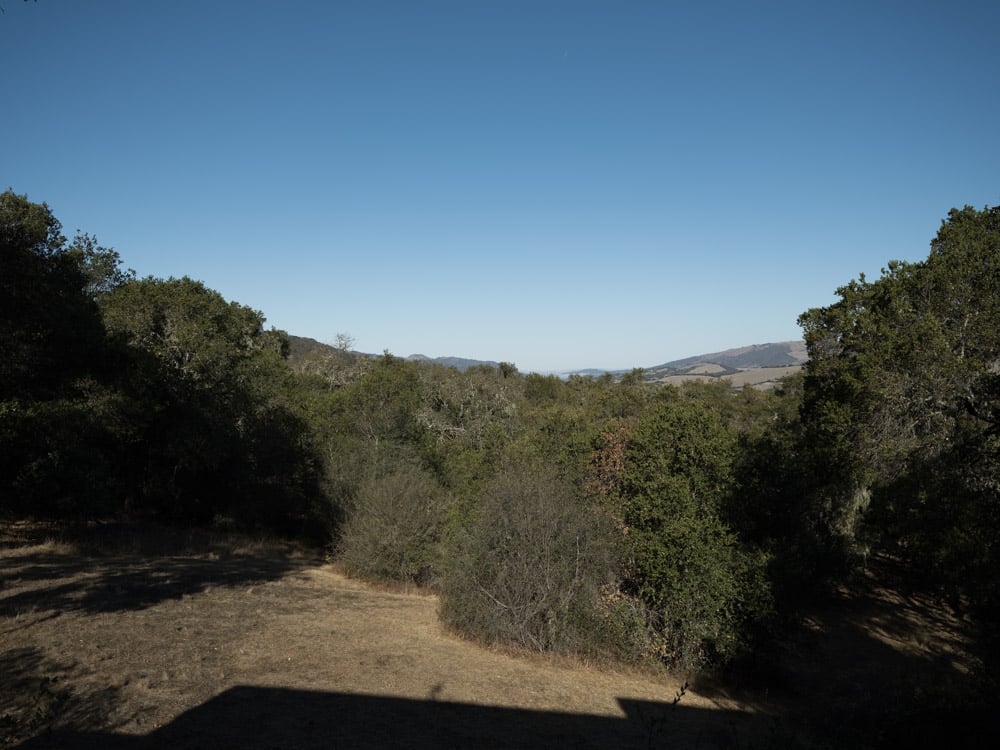
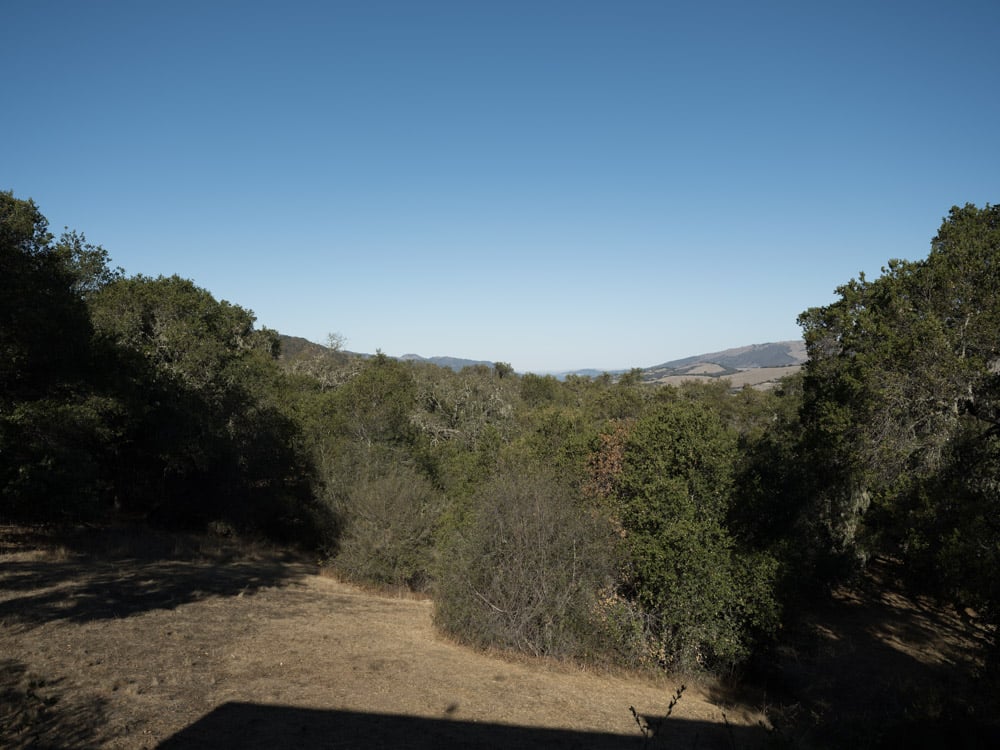
I panned the camera so that the tree fell on the right side near the edge. I made pictures focusing in the center, and also without refocusing from the point where the tree was sharpest in the center. I made two sets of images, and picked the sharpest ones. The Fuji manual focusing at high magnification with peaking is good enough that both sets of images were about the same sharpness.
I used the side instead of the corner a) because it was easier, and b0 because I thought it was more realistic for landscape photography, where the subject distance at the corners of the image is usually not the same as to the center.
Details:
- GFX 100S
- 2-second self timer
- ISO 100
- Manual focus
- Low red peaking
- Maximum magnification
- RRS legs, C1 head
- Developed in Lr CC with defaults except for
- Adobe Standard Profile
- Sharpening amount 20, radius 1, detail 25
- Daylight color balance
Here are some crops at about 250% magnification.
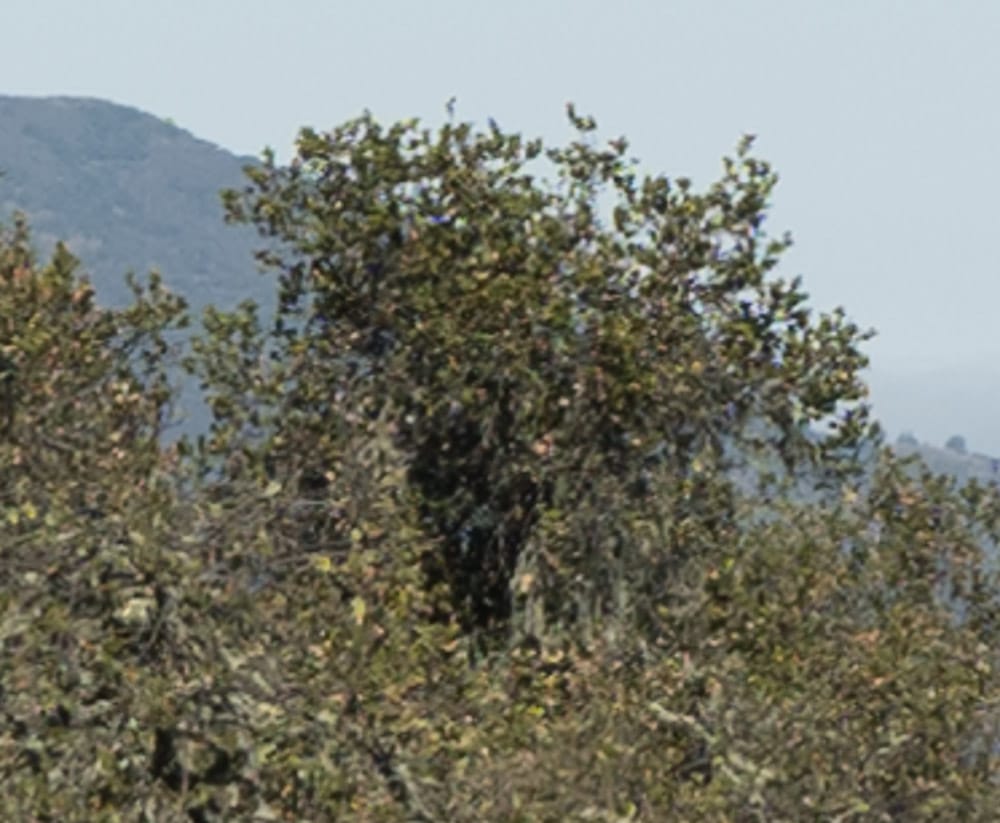
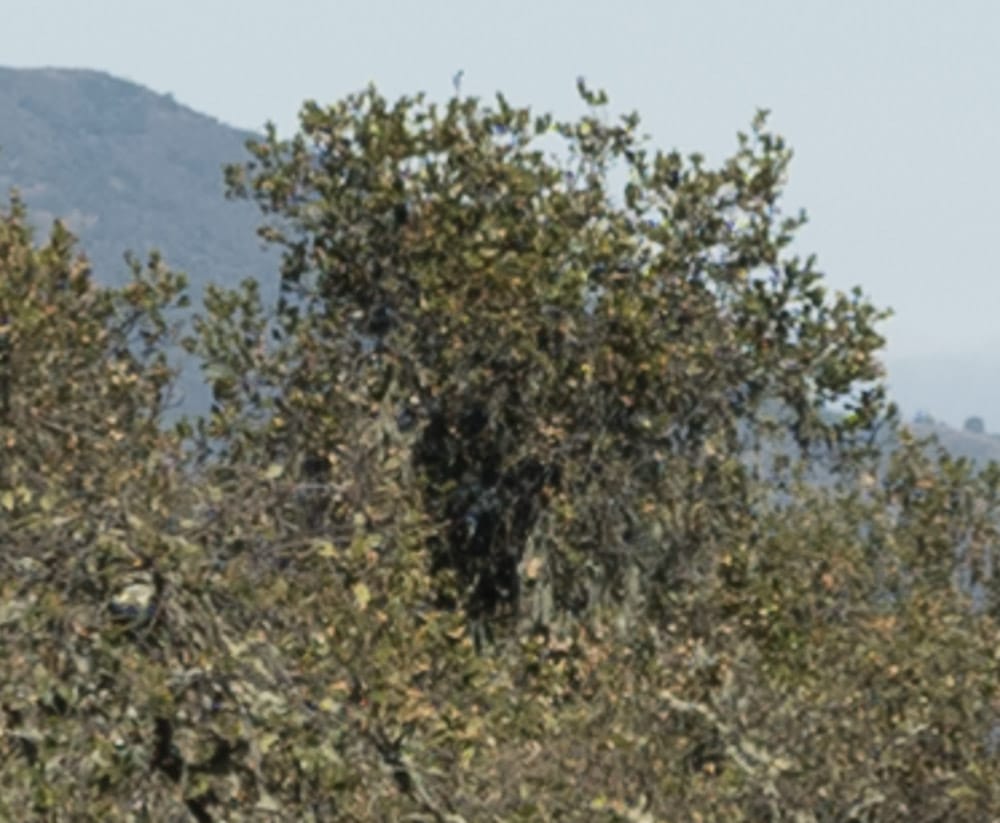
About the same. The 30 GF has a bit more contrast.
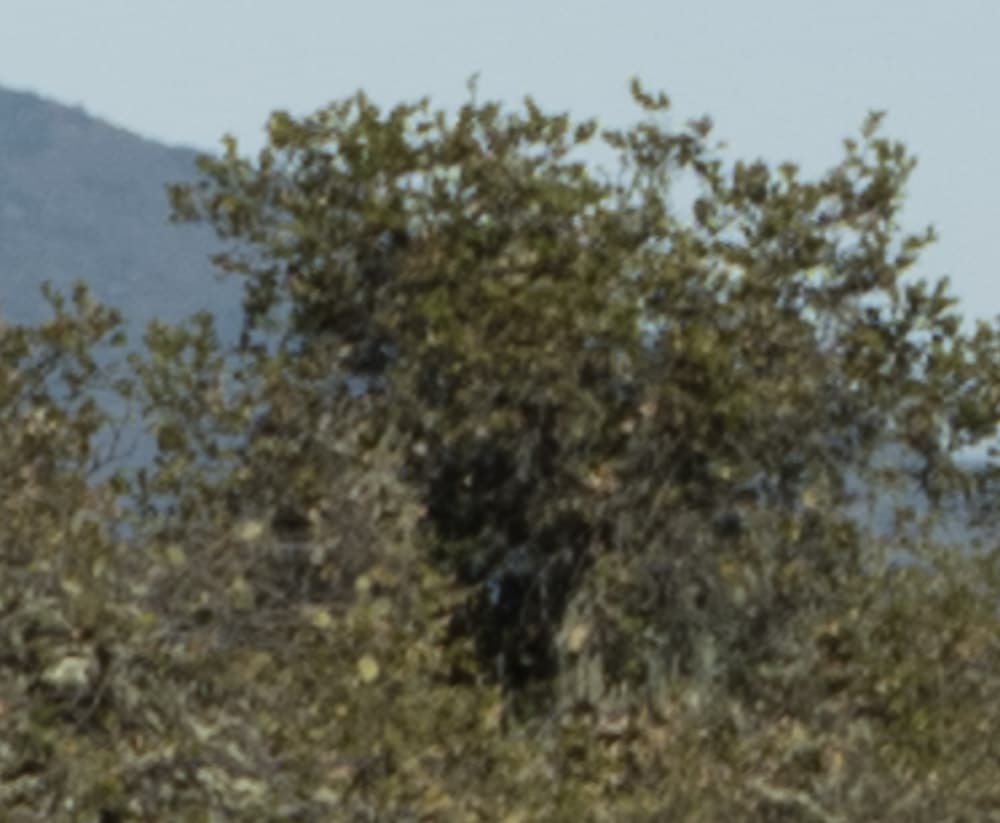
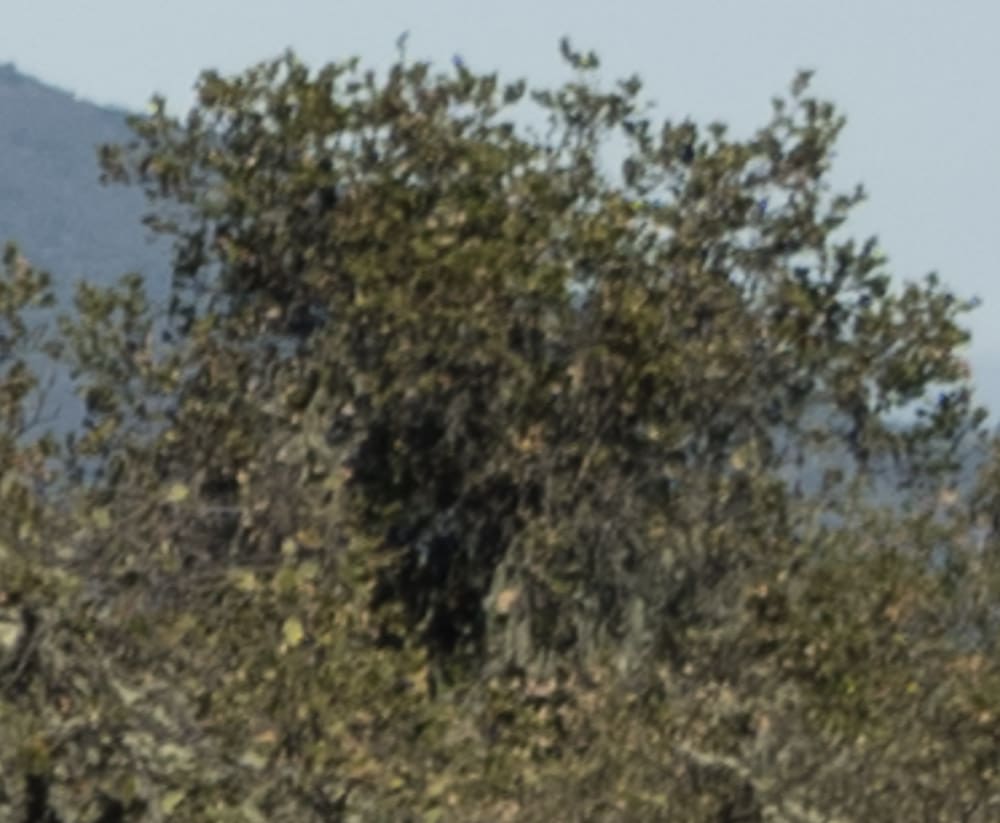
The prime is crisper.
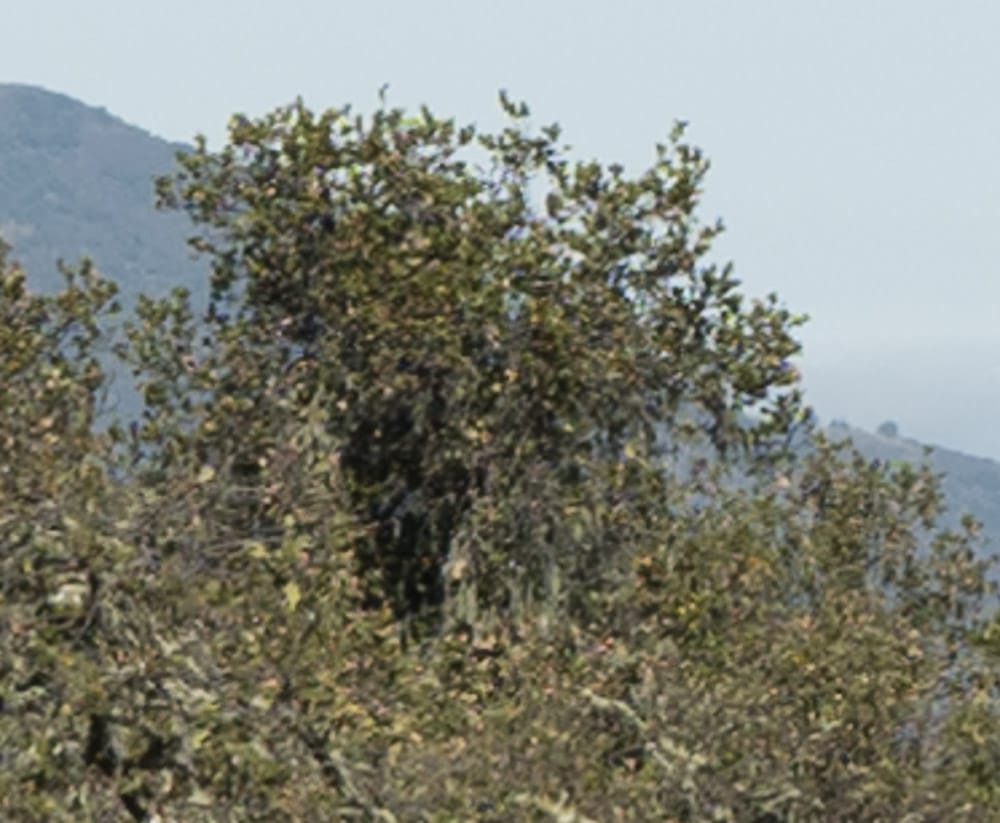
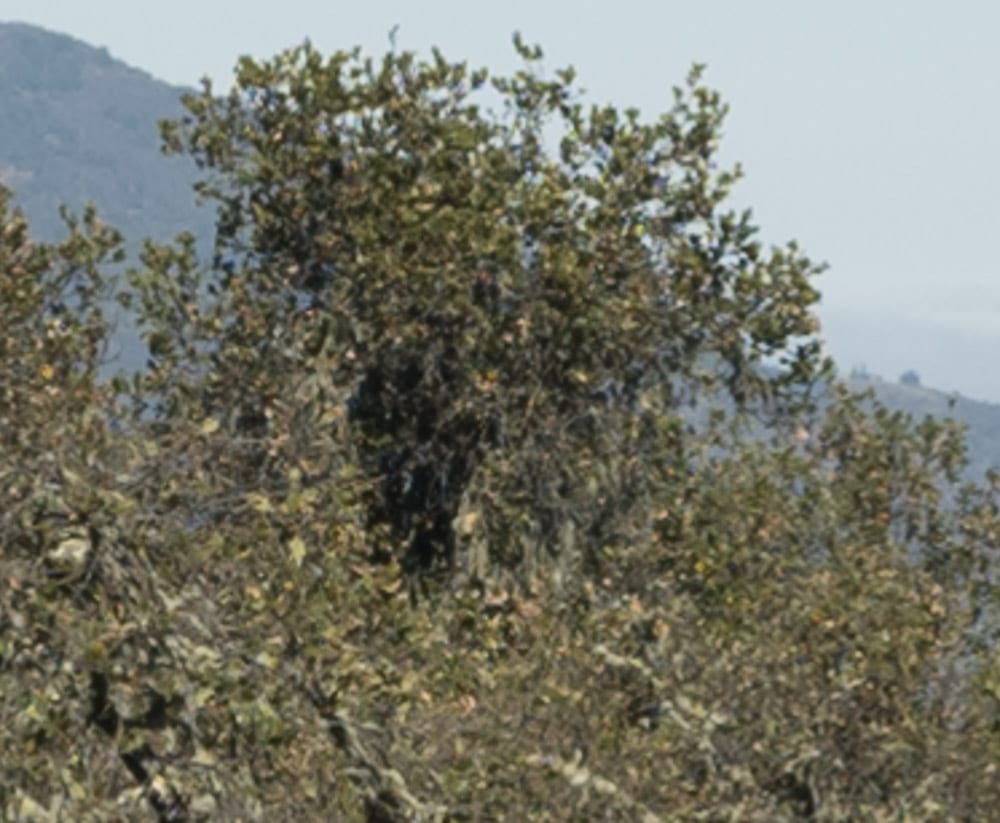
The prime has a bit more contrast.
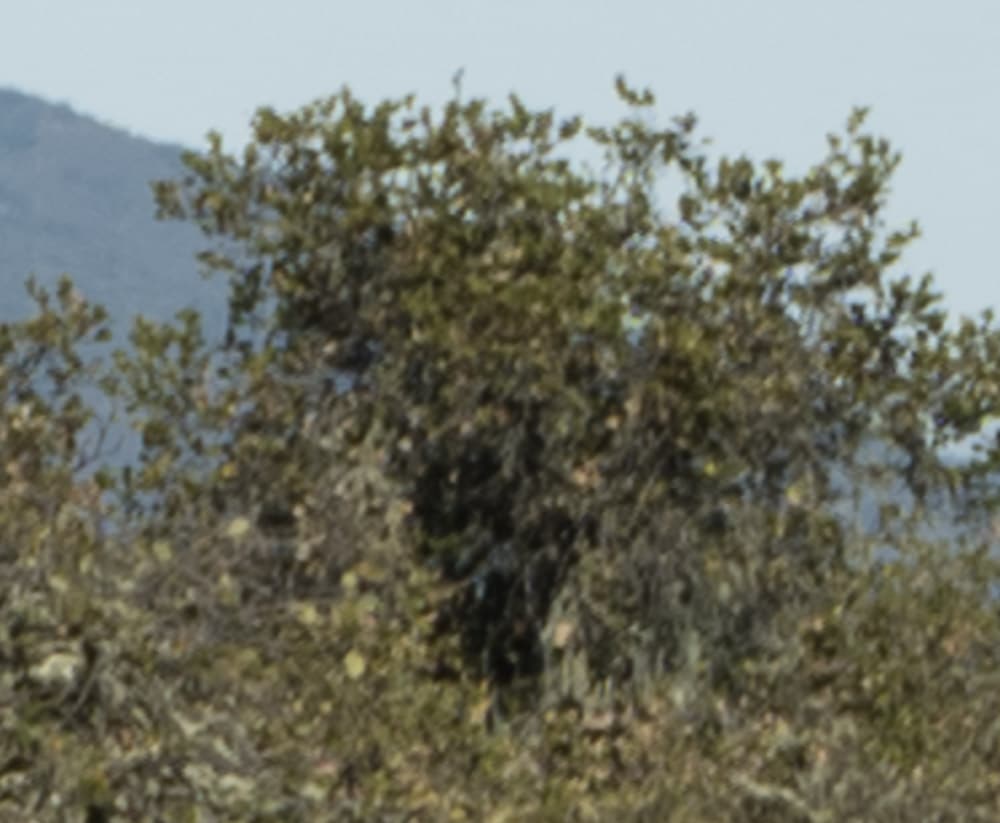
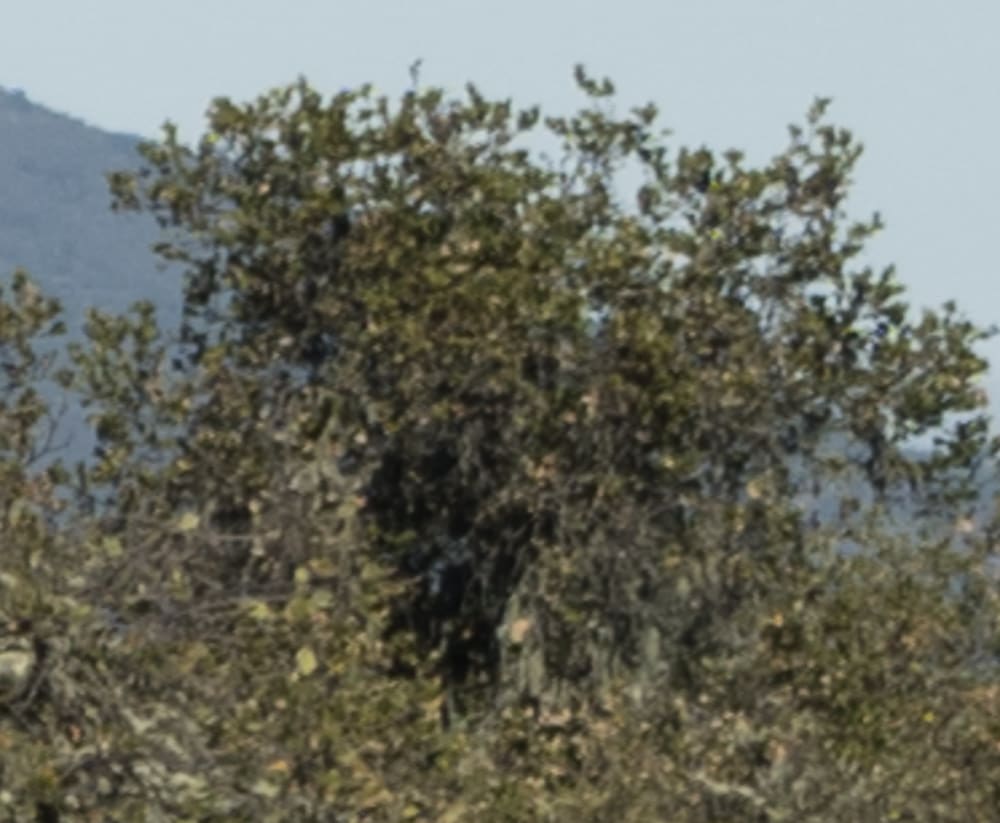
The prime is a bit sharper.
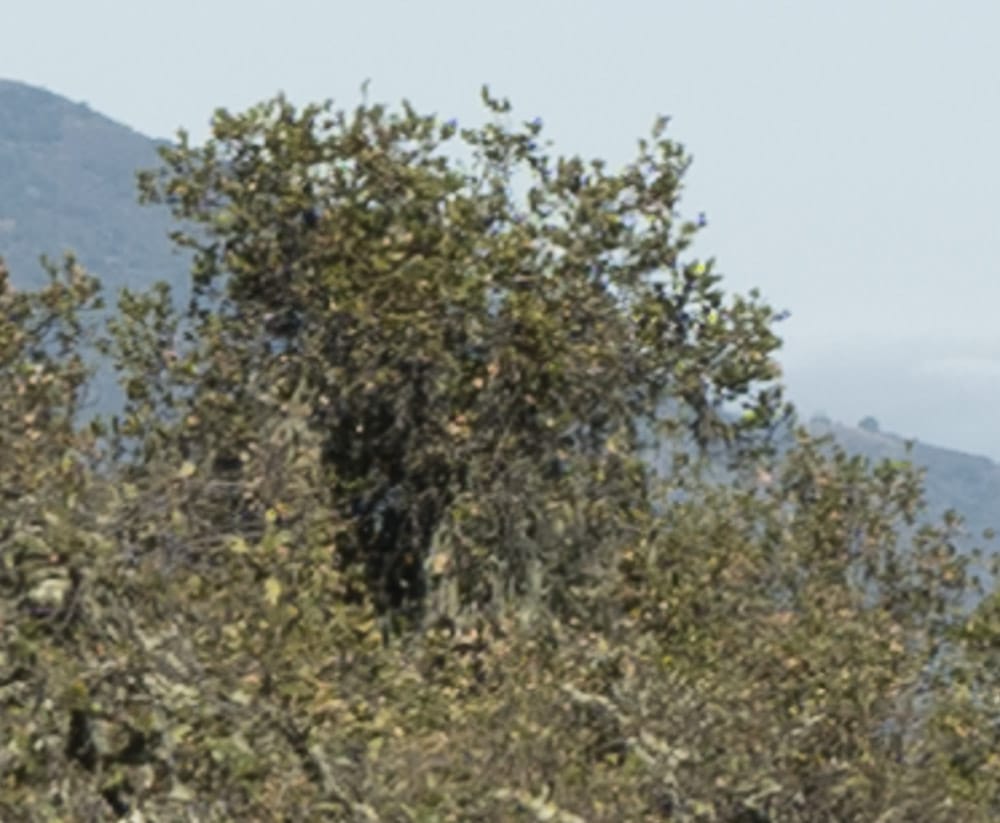
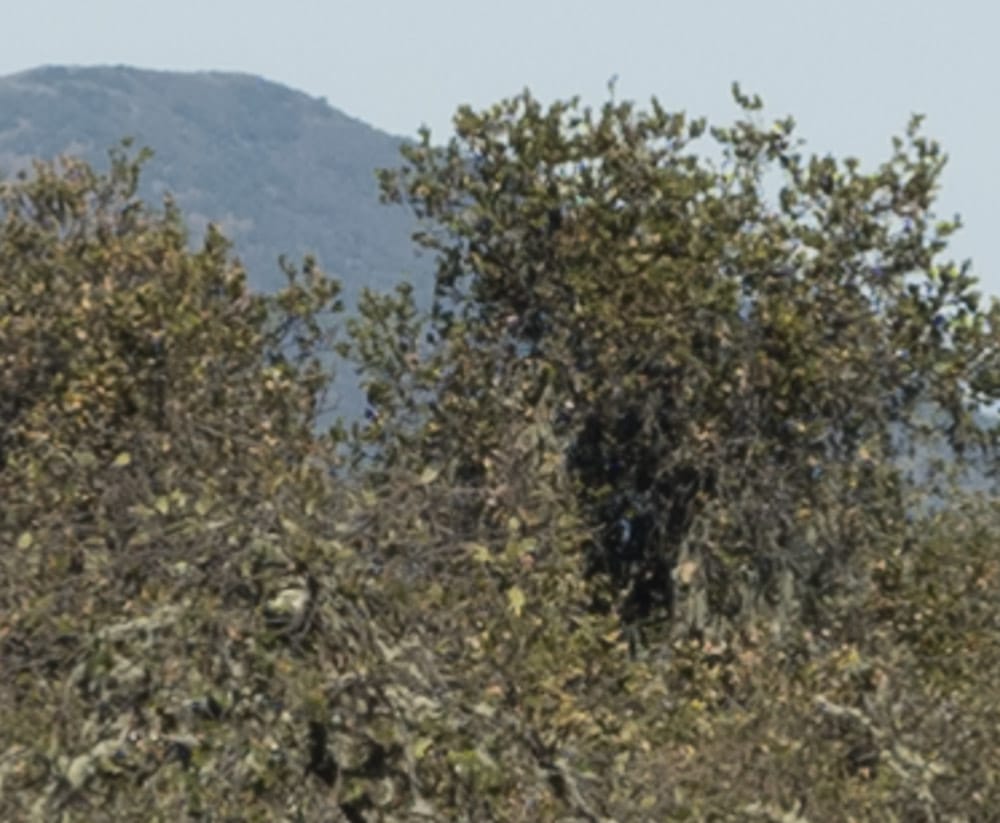
About the same.
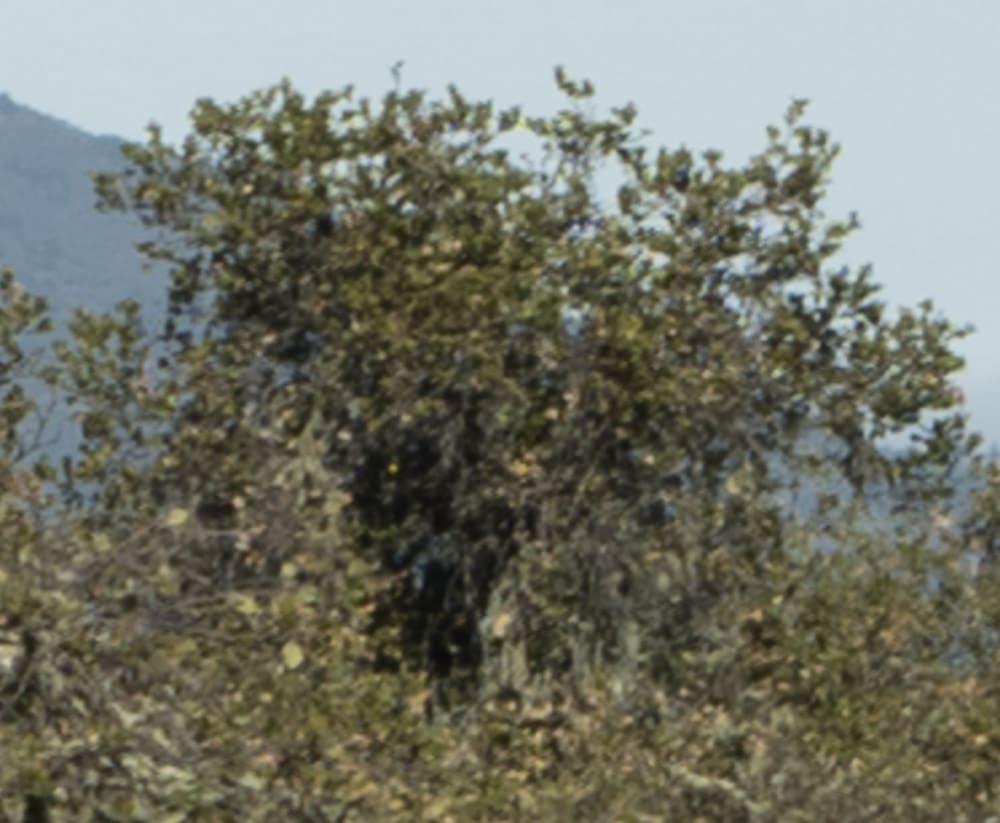
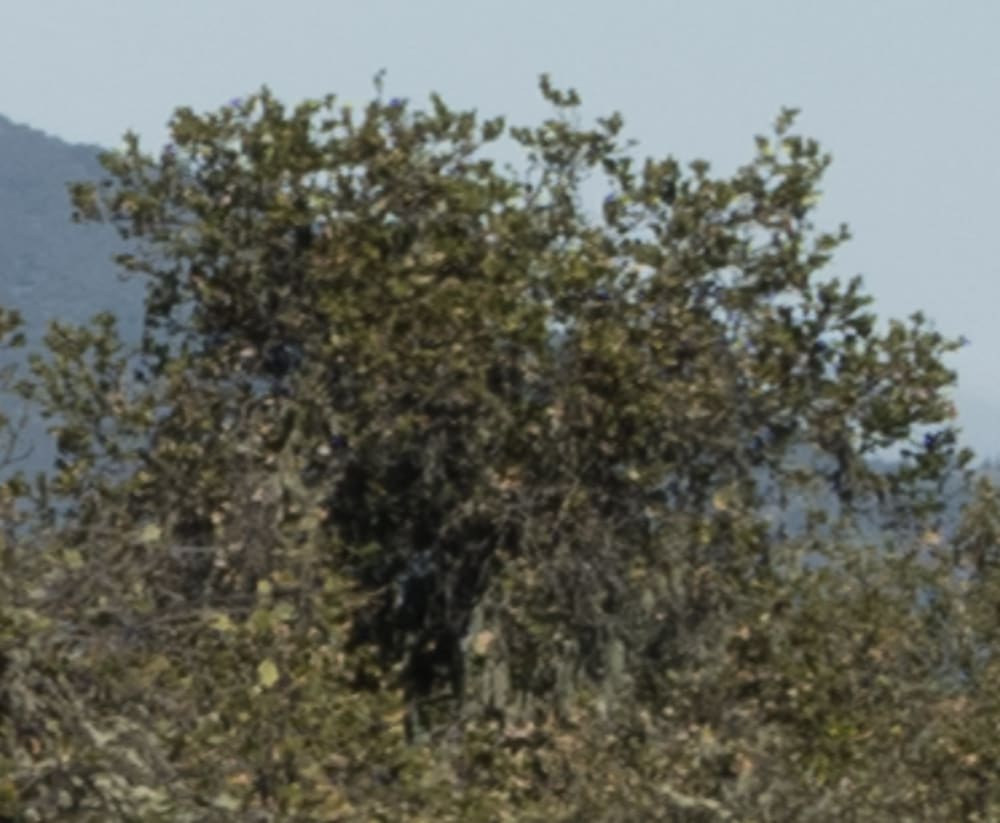
Very close.
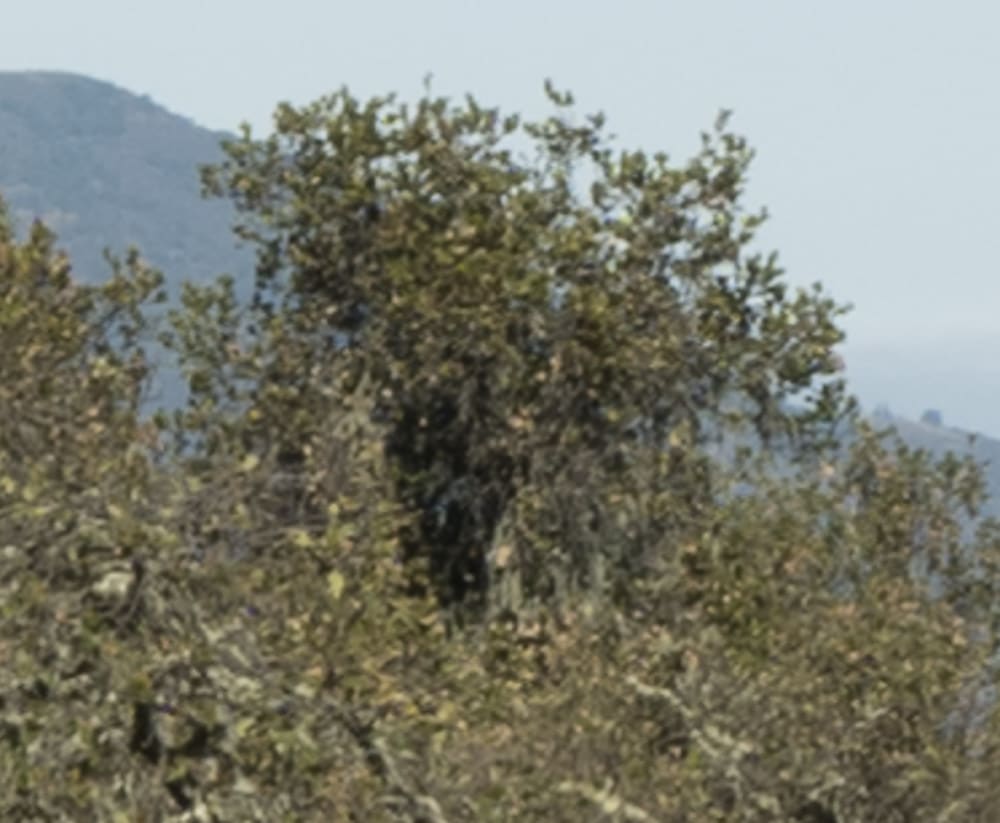
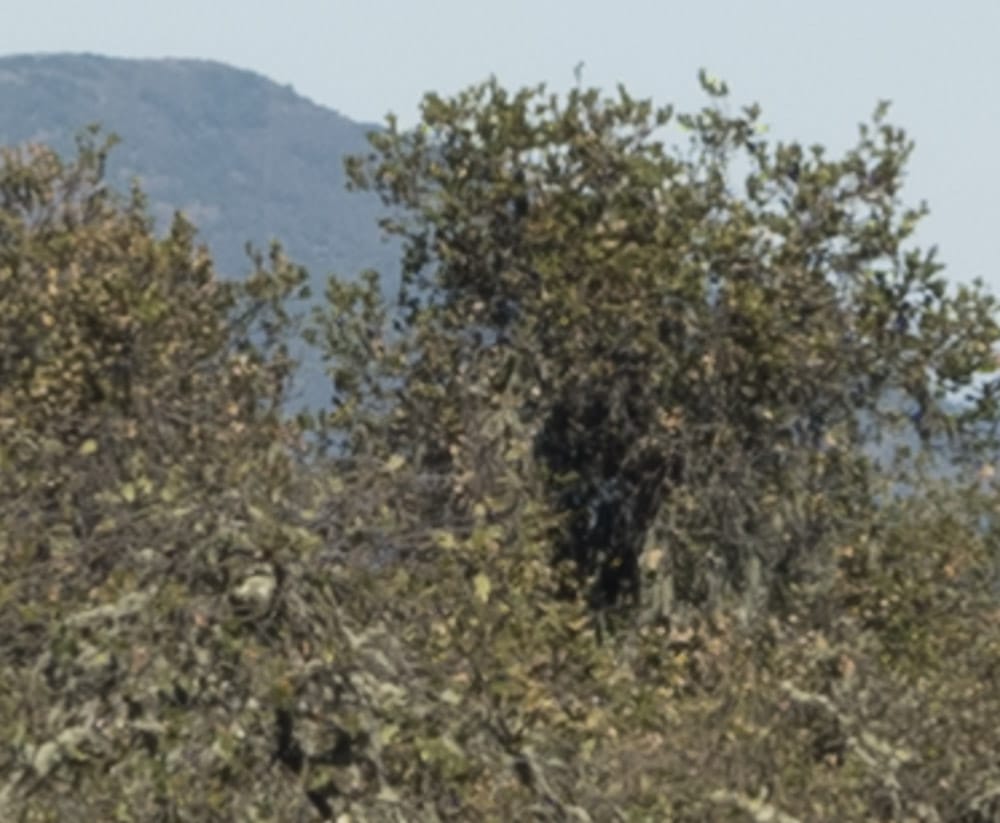
Very close, and both softened by diffraction.
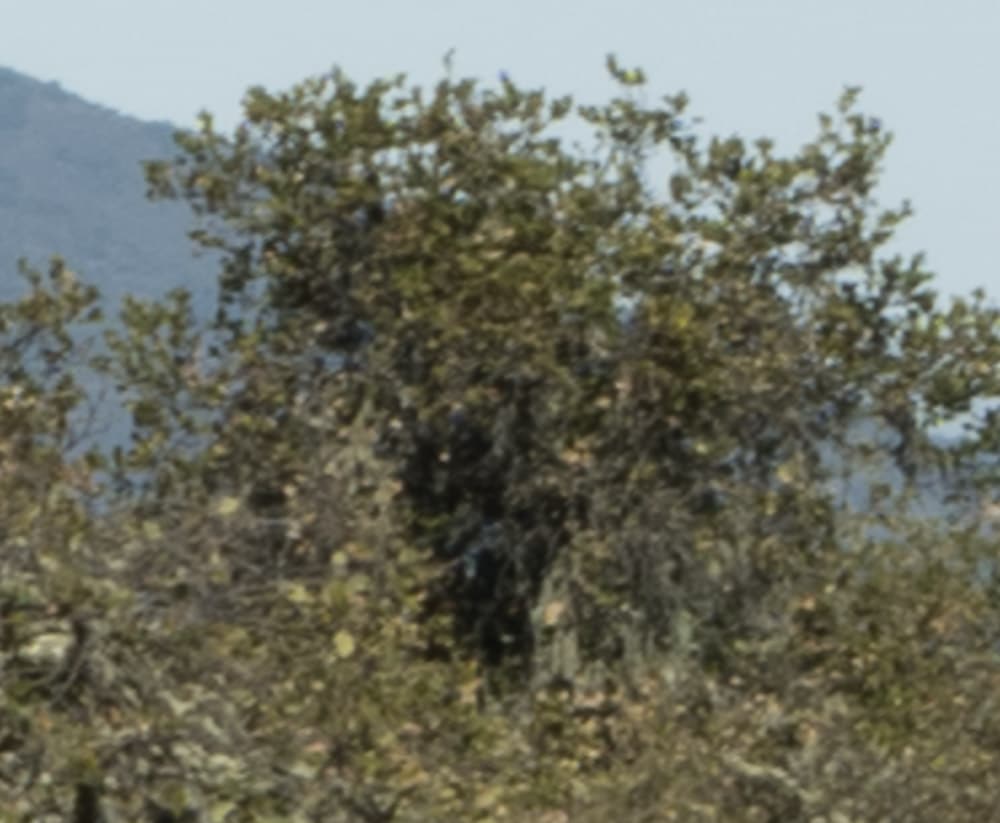
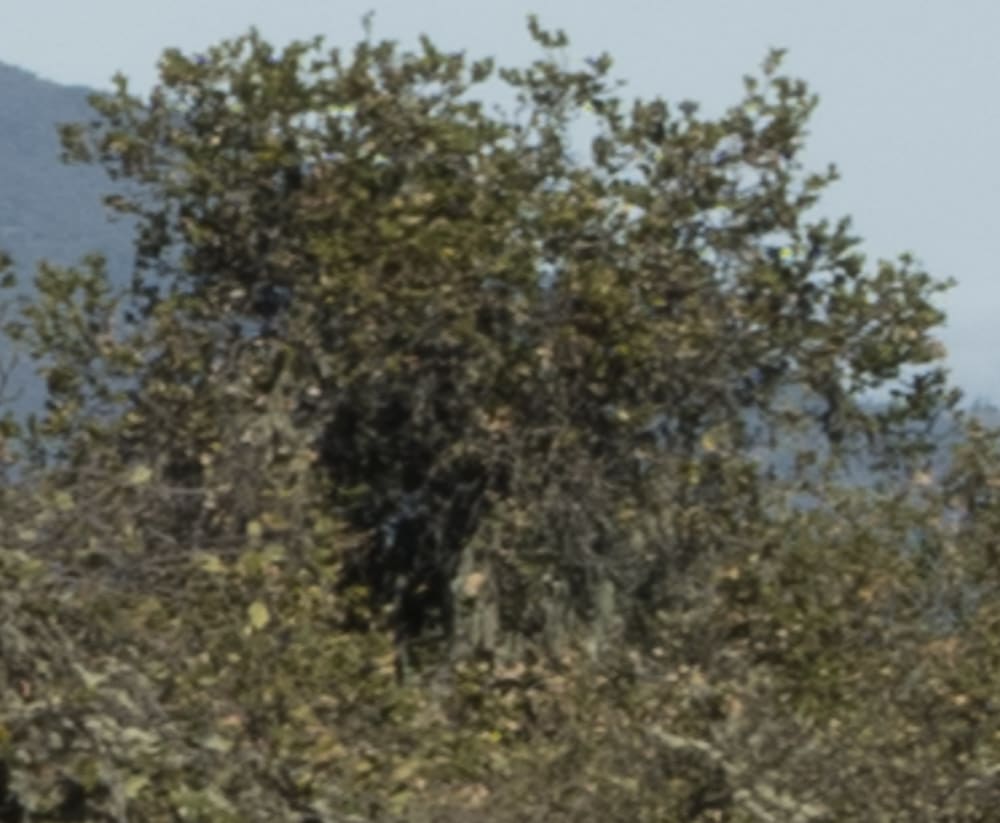
Very close, again.
My net is that you’d have to be quite picky to go out and buy the 30 GF for this kind of landscape work if you already had the 20-35.
hello
I cannot see that the test pictures are related to the topic / headline?
field curvature mostly appears in the middle section of picture (as a (un)sharpness wave. Not in the centre or the outer zones…
What is the essence of your article ? and why not a comparison with the 23 mm f4?
best, Tom
Field curvature on the 20-25 creates a sharp arc that is closer to the camera than it should be. The difference between where hte plane of focus should be and where it is gets greater as you get further away from the lens axis. So it’s the greatest in the corners. It’s a bit less in the middle of the short edge, which is what I used.
https://blog.kasson.com/gfx-100s/fuji-20-35-4-landscape-field-curvature-at-23mm-vs-23-4-gf/